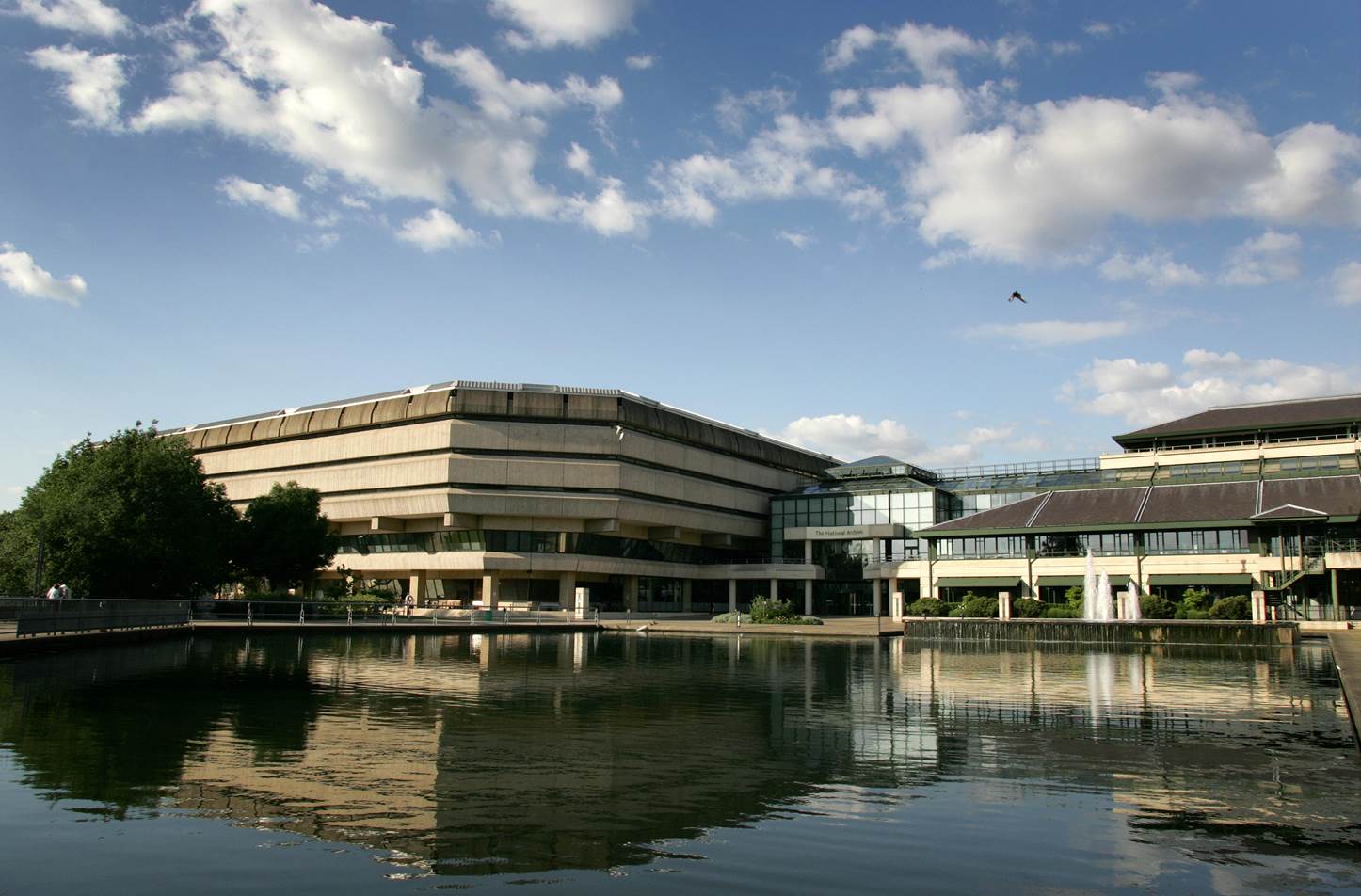Government’s largest department was an early mover in the automation space and, in the last two years, has seen the benefits of process automation
Credit: PA
Government’s largest department is among Whitehall’s most forward-thinking in its use of robotics and automation.
The Department for Work and Pensions established its Intelligent Automation Garage (IAG) in 2017. The goal of the unit, which is based across the DWP’s Manchester and Newcastle offices, was exploring how artificial intelligence, machine learning, and robotic process automation could best be used to improve the department’s operations.
The DWP believed that automating certain processes could improve productivity and outcomes, and free up staff time to be dedicated to things other than fulfilling administrative tasks.
As of February 2019, the department had implemented automation in 15 processes and was planning to launch another 11 automations over the course of this year.
DWP minister Justin Tomlinson said: “The nature of the work DWP is undertaking, using intelligent automation, is to improve the way that we engage with citizens and deliver our services by: automating repetitive, manual processes in order to reduce errors and improve processing time; and automating some notifications to keep citizens informed of the status of their claims.”
Related content
- VR headsets to help Jobcentre staff understand sight loss
- NHS seeds £50m robotic surgery framework
- Cabinet Office launches £4m project to drive use of software robots across civil service
The minister also revealed that more than £7m has to date been invested in the Intelligent Automation Garage, which had 92 full-time employees as of earlier this year.
And the unit is set for continued expansion, with the department recently announcing a hiring spree across its Digital Channels team, which houses the IAG, as well as its Next Generation Contact Centre. A total of 19 roles were on offer, including positions for product owners, service designers, project, service delivery managers, technical architects, and test and application engineers.
The DWP also announced earlier this year that it was seeking to establish relationships with new commercial partners. In February, the department published an early-engagement notice outlining its desire to talk to companies engaged in “developing robotic solutions utilising robotic processing automation, virtual assistants, chatbots, [and] machine learning”.
The IAG would look to deliver automation projects in collaboration with commercial partners – based on a 60/40 split of resources committed and workload to be undertaken. The goal of working with a broad range of suppliers was to “minimise costs and follow a best-of-breed approach”.
One long-standing DWP commercial partner is UiPath, which has worked with the Intelligent Automation Garage since its first four pilot projects, which got underway in summer 2017.
Pension automation
One of these early trials sought to bring greater efficiency to the manual processing of new pensions claims of which there was then a backlog of more 30,000.
Within the space of three months, the project had progressed from concept to live deployment of 12 software robots from UiPath’s Enterprise RPA Platform. After a further two weeks, the technology had cleared the backlog.
Shaun Williamson of DWP Digital says: “Rather than just proving the technology concept, the pilots became business-critical as soon as they were delivered. We were able to show that RPA could move from concept to deployment in weeks, not the six to nine months that people were used to – even with agile projects.”
This use of robotics is designed to be easy to scale up and down, with each new robot requiring only three minutes to deploy.
We were able to show that RPA could move from concept to deployment in weeks, not the six to nine months that people were used to – even with agile projects
“We’re continually looking for applications that can benefit from the technology,” Williamson added. “We’ve proven that you can move from concept to deployment quickly and that there is little cost or no cost in expanding the number of robots you have available. Our experience suggests the return on investment is around 15:1.”
The appetite for AI comes from the very top of the department too.
Simon McKinnon took over as the DWP’s chief digital and information officer late last year. Shortly after taking the reins, he published a blog sketching out the department’s technology priorities for the year ahead – including building on its work with automation and AI.
He said: “We’re continuing to explore how we can use artificial intelligence in some exciting ways, and finding new ways to exploit our data to make things easier for our customers.”
This article forms part of PublicTechnology’s dedicated AI Week, in association with UiPath. Look out over the coming days for lots more content. Tomorrow, an exclusive webinar discussion – in which a panel of private and public sector experts will debate all the major issues related to government’s use of AI – will be available to view on demand. Click here to register to do so – free of charge.




